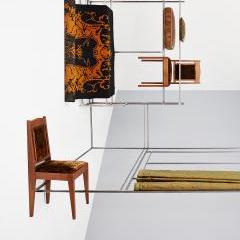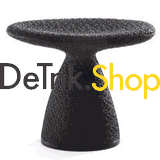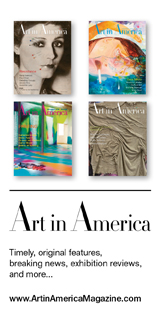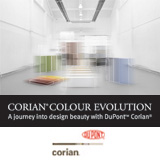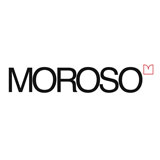Living Spaces: A fascinating look at a hundred years of textiles in Dutch interiors
8 February - 11 May '14
Tilburg, Netherlands
Living Spaces, an exhibition tracing a hundred years of textiles in Dutch interiors consists of a series of conceptual rooms present changing uses of fabrics in the household over periods of 10 to 20 years, with a starring role reserved for the museum’s extensive textile collection. Responsible for the exhibition scenography, Studio Makkink & Bey was closely involved in the concept. The design studio was also commissioned to develop a personal vision of the interior of the future.The exhibition runs until 11 May 2014.
The rooms display interiors from seven distinctive periods: Dutch Art Nouveau, 1930s’ modernism, the post-war period, the alternative 1970s, postmodernism, recent Dutch Design and finally the concept room of the future. The central question throughout is, ‘What role does textile play in the interior?’ The interior of each space is based on the ideal image of a particular design movement or a specific trend, such as the sunken seating area of the 1970s.
In reality, many interiors are a mix of old and new. The ideal home that architects and designers envisage is one that relatively few people can afford. To illustrate this tension between ideal and reality, film fragments will be shown in each room. Sometimes the fragments support the design, sometimes they sketch a contrasting image. Against the backdrop of a comfortable middle-class living room from 1910, with furniture and textiles by well-known designers such as T.C.A. Colenbrander (1841-1930), T.W. Nieuwenhuis (1866-1951) and Chris Lebeau (1878-1945), are images of working-class families living in poverty in dark, dank, single-room dwellings. Through news reports, music or television programmes, daily life thus seeps into the period rooms.
The interiors from different periods and social classes also reflect the complex interplay between past and present. In their furnishing choices, designers and residents make references to an earlier period, or explicitly reject it. To illustrate this, Studio Makkink & Bey chose a contemporary reference object for each period, which is placed just outside the room: a silent reflection on a period.
Design duo Raw Color provided the exhibition’s graphic design and timeline. This takes viewers on a whistle-stop visual and textual journey through a hundred years of Dutch history: political, social and technological changes, the relationship between family development and living space, textile designers and the textile industry.
![Living Spaces: A fascinating look at a hundred years of textiles in Dutch interiors [concept photo]](../files/node_images/2a06c20d769746fe.jpg)
Living Spaces: A fascinating look at a hundred years of textiles in Dutch interiors [concept photo]
![Living Spaces: A fascinating look at a hundred years of textiles in Dutch interiors [concept photo]](../files/node_images/cbea831396f96cdd.jpg)
Living Spaces: A fascinating look at a hundred years of textiles in Dutch interiors [concept photo]
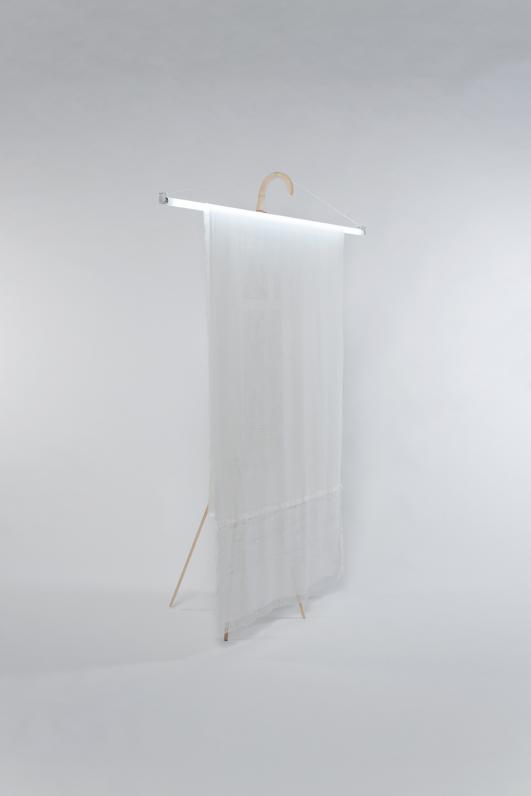
Project ‘HuisRaad’ (Furniture), object ‘VensterLicht’ by Studio Makkink & Bey
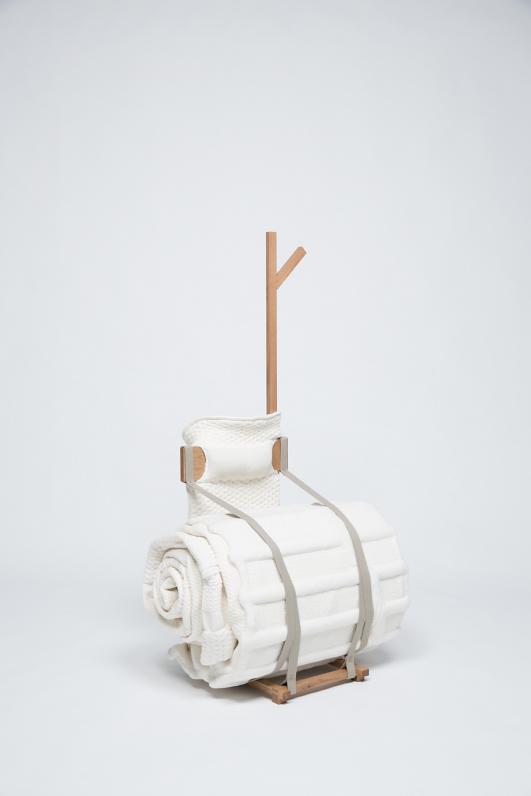
Project ‘HuisRaad’ (Furniture), object ‘VouwPlaats” by Studio Makkink & Bey
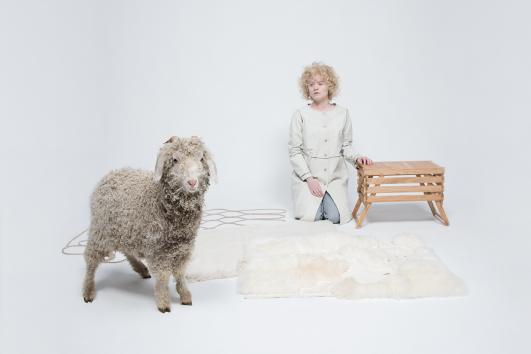
Project ‘HuisRaad’ (Furniture), object ‘WarmteWeefsels” by Studio Makkink & Bey
![Mantelpiece covering ‘Jonas’ by Edmond Bellefroid [1925]](../files/node_images/c282e52b1aec650d.jpg)
Mantelpiece covering ‘Jonas’ by Edmond Bellefroid [1925]
![arpet ‘Artisjok’ by Th. A. C. Colenbrander [1901-1919]](../files/node_images/a2c09cca9851d0f0.jpg)
arpet ‘Artisjok’ by Th. A. C. Colenbrander [1901-1919]
![‘Columbus’ by (chair): Theo Ruth Designer (fabric): Lewin Alcopley [1955]](../files/node_images/af3046a5ca0a1525.jpg)
‘Columbus’ by (chair): Theo Ruth Designer (fabric): Lewin Alcopley [1955]
![Untitled by Désirée Scholten-van de Rivière [1972]](../files/node_images/dc825507bbcc28a7.jpg)
Untitled by Désirée Scholten-van de Rivière [1972]
![‘Rag chair’ by Tejo Remy [1991]](../files/node_images/70251a03a91a0aca.jpg)
‘Rag chair’ by Tejo Remy [1991]






